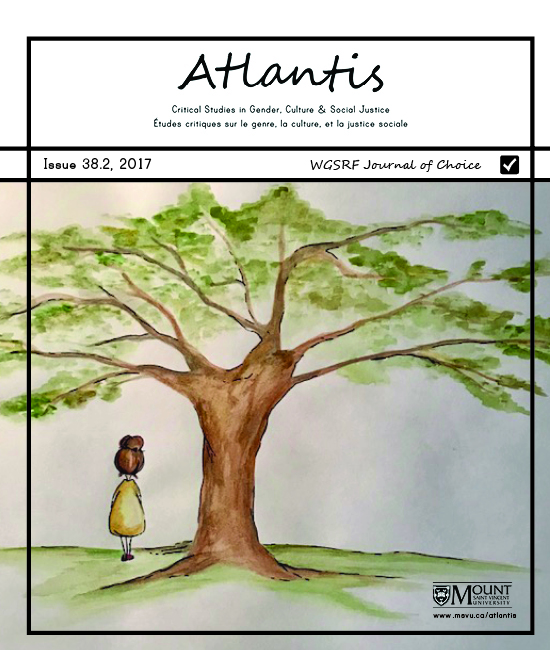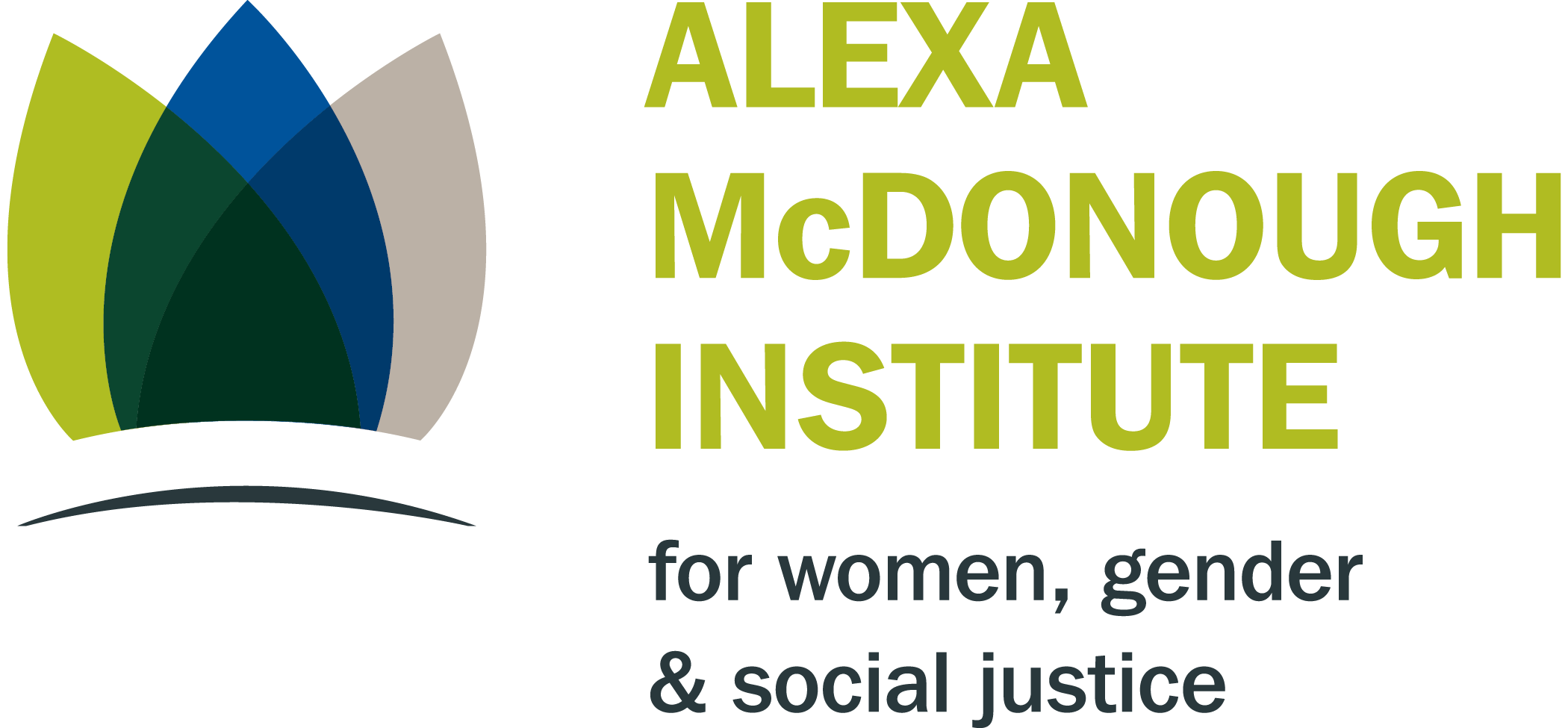Love Enough! Dionne Brand and Rosi Braidotti’s Affective Transpositions
Keywords:
Rosi Braidotti, Dionne Brand, Transpositions, Feminist Philosophy, AffectAbstract
Abstract
This article puts Dionne Brand’s novel, Love Enough (2014), in conversation with the vitalist philosophy of Rosi Braidotti, as illustrated in the study Transpositions: On Nomadic Ethics (2006). I look at how both poet and theorist insist on the centrality of affective relations in the transformation of subjectivity, political alliances, and ethical spaces under processes of uneven globalization, rampant neoliberalism, and feminist backlash. Dionne Brand’s cross-border material poetics proposes alternative figurations of the subject through exercises of creative repetition, zigzagging between temporal and spatial frameworks, signaling the constant transformation of material, political and social bodies. Brand’s transposable moves follow a similar pattern to Braidotti’s nomadic cartographies in that both resist a naïve return to sentimentality or nostalgic love to advocate instead a turn to sustainable affects and passions; a call for love as a mode of action that can reorient the system by embracing our potential as feminist subjects.
Résumé
Cet article engage le dialogue entre le roman de Dionne Brand, Love Enough (2014), et la philosophie vitaliste de Rosi Braidotti, telle qu’illustrée dans l’étude Transpositions: On Nomadic Ethics (2006). J’examine comment la poétesse tout comme la théoricienne insistent sur la centralité des relations affectives dans la transformation de la subjectivité, des alliances politiques et des espaces éthiques dans le cadre de processus de mondialisation déséquilibrée, de néolibéralisme rampant et de réactions féministes. La poésie matérielle transfrontalière de Dionne Brand propose des figurations alternatives du sujet par le biais d’exercices de répétition créative, qui zigzaguent entre les cadres temporels et spatiaux, pour signaler la constante transformation des corps physiques, politiques et sociaux. Les mouvements transposables de Brand suivent un modèle similaire à celui des cartographies nomades de Braidotti en ce sens qu’elles résistent toutes deux à un retour naïf à la sentimentalité ou à l’amour nostalgique pour préconiser plutôt un tournant vers des affects et des passions durables; un appel à l’amour comme moyen d’action qui peut réorienter le système en embrassant notre potentiel en tant que sujets féministes.
References
Ahmed, Sara. 2004. The Cultural Politics of Emotion. Edinburgh, UK: Edinburgh University Press.
Alaimo, Stacy. 2008. “Trans-Corporeal Feminisms and the Ethical Space of Nature.” In Material Feminisms, edited by Stacy Alaimo and Susan J.
Hekman, 237-264. Bloomington, IN: Indiana University Press, 2008.
Berlant, Lauren. 2006. “Cruel Optimism.” Differences: A Journal of Feminist Cultural Studies 17 (3): 20-36.
Braidotti, Rosi. 1991. Patterns of Dissonance: A Study of Women and Contemporary Philosophy. Cambridge, UK: Polity Press.
____. 2006a. “The Ethics of Becoming-Imperceptible.” In Deleuze and Philosophy, edited by Constantin Boundas, 133-159. Edinburgh, UK: Edinburgh University Press.
____. 2006b. Transpositions: On Nomadic Ethics. Cambridge, UK: Polity Press.
____. 2013. The Posthuman. Cambridge, UK: Polity Press.
Brand, Dionne. 2005. What We All Long For. Toronto: Vintage Canada.
___. 2006. Inventory. Toronto, ON: McClelland and Stewart.
___. 2010. Ossuaries. Toronto, ON: McClelland and Stewart.
___. 2014. Love Enough. Toronto, ON: Knopf.
Brydon, Diana. 2007. “Dionne Brand’s Global Intimacies: Practising Affective Citizenship.” University of Toronto Quarterly 76 (3): 990-1006.
Butler, Judith. 2014. “Reflections on Ethics, Destructiveness, and Life: Rosi Braidotti and the Posthuman.” In The Subject of Rosi Braidotti: Politics and Concepts, edited by Bolette Blaagaard and Iris van der Tuin, 21-28. London, UK: Bloomsbury.
De Lauretis, Teresa. 1990. “Eccentric Subjects: Feminist Theory and Historical Consciousness.” Feminist Studies 16 (1): 115-150.
Deleuze, Gilles. 1988. Spinoza: Practical Philosophy. Trans. Robert Hurley. San Francisco, CA: City Lights Books.
García Zarranz, Libe. 2014. “‘The whole city’s our bawdy-house, my lass’: Affective Spaces and Disoriented Bodies in Dionne Brand and Emma Donoghue’s Fictions.” Peer English: A Journal of New Critical Thinking 9: 89-107.
___. 2017. TransCanadian Feminist Fictions: New Cross-Border Ethics. Montreal, QC and Kingston, ON: McGill-Queen’s University Press.
Kamboureli, Smaro, and Roy Miki, eds. 2007. Trans.Can.Lit: Resituating the Study of Canadian Literature. Waterloo, ON: Wilfrid Laurier University Press.
Lai, Larissa. 2009. Automaton Biographies. Vancouver, BC: Arsenal Pulp Press.
Lousley, Cheryl. 2008. “Witness to the Body Count: Planetary Ethics in Dionne Brand’s Inventory.” Canadian Poetry: Studies, Documents, Reviews 63: 37-58.
Ngai, Sianne. 2005. Ugly Feelings. Cambridge, MA: Harvard University Press.
Silvera, Makeda, ed. 1995. The Other Woman: Women of Colour in Contemporary Canadian Literature. Toronto, ON: Sister Vision.
Downloads
Published
Issue
Section
License
Copyright (c) 2018 Atlantis: Critical Studies in Gender, Culture & Social Justice

This work is licensed under a Creative Commons Attribution 4.0 International License.
Authors who publish with this journal agree to the following terms:
1. Authors retain copyright and grant the journal right of first publication, with the work simultaneously licensed under a Creative Commons Attribution 4.0 International License that allows others to share the work with an acknowledgement of the work's authorship and initial publication in this journal.
2. Authors are aware that articles published in Atlantis are indexed and made available through various scholarly and professional search tools, including but not limited to Erudit.
3. Authors are able to enter into separate, additional contractual arrangements for the non-exclusive distribution of the journal's published version of the work (e.g., post it to an institutional repository or publish it in a book), with an acknowledgement of its initial publication in this journal.
4. Authors are permitted and encouraged to preprint their work, that is, post their work online (e.g., in institutional repositories or on their website) prior to and during the submission process. This can lead to productive exchanges, as well as earlier and greater citation of published work. Read more on preprints here.







